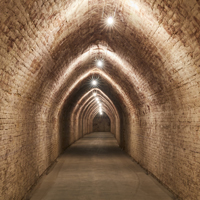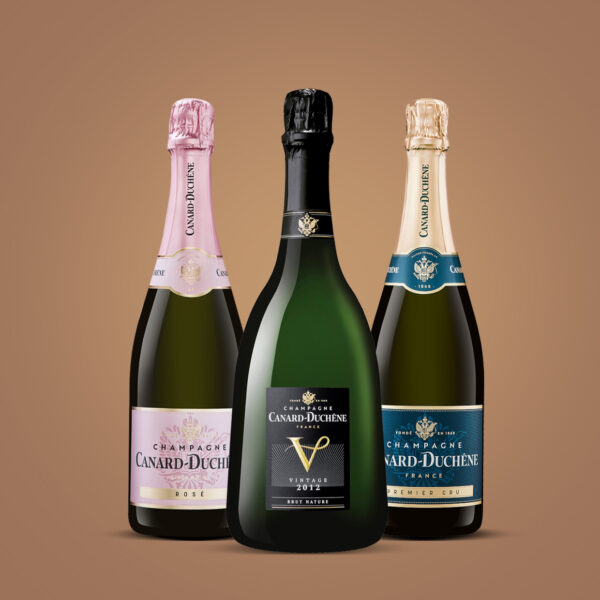The Mag
A fabulous history of terroir

Champagne is an alchemy that begins in the heart of the vineyards, on a very particular terroir that cannot be found anywhere else. This exceptional and protected geographical location is part of the specifications for obtaining the “Champagne” appellation: the grapes must be harvested from vines located in very precise areas validated by the Champagne Committee (CIVC). A surprising and unique terroir, itself born from the meeting of impalpable elements, has given life to an exceptional result of the union of natural produce and human cultivation.
It was in 1927 that the geographical specifications of the Champagne appellation were defined as a very particular terroir that combines harsh climatic conditions, a unique subsoil and a hillside setting. Four main regions share the Champagne appellation:
- The Montagne de Reims
- The Côte des Blancs
- The Marne Valley
- The Côte des Bar

A unique birthplace
Let’s start with the climate. It is characterised by a double climatic influence: oceanic and continental. Its northern position means that the climate is particularly cold for the vines, the oceanic climate provides good quantities of water with little thermal variation, and the continental climate can allow frosts in winter with good sunshine in summer. Then the subsoil. It has to be 75% limestone, which favours soil drainage and the typical minerality found in the aromas of certain champagnes. Then the relief, the steep and hilly Champagne vineyards offer both good sunshine and facilitate the drainage of excess water. It is these three conditions, the climate, the soil and the exposure, that give a champagne its unique and exceptional character.

The Mountain of Reims, temple of the Grands Crus and Pinot Noir
The Mountain of Reims is the largest region in the entire Champagne region and is characterised by a unique phenomenon. So, even if its slopes are exposed to the north, the grapes still ripen there thanks to an amazing climatic effect: in the evening, the cold air descends on the plain and in turn gives way to warm air formed above the Mountain of Reims to descend over the vines. The reason for this phenomenon? The ubiquitous forest which acts as a thermal regulator. Pinot Noir predominates, with a few Chardonnay vines (25%) which have found their place in the hillsides sheltered from the west wind, and 10 to 15% Pinot Meunier. Pinot Noir is known for the power and character of its aromas, which make it a recognisable wine with notes of red fruit. The Mountain of Reims is the only region of Pinot Noirs classified as Grand Cru. It is amusing to note that the wines from the northern part are more full-bodied and coloured than the wines from the southern part. The terroir of Champagne is obviously much more complex than that, with infinite variations and multiple combinations, making it an exceptional wine that is often imitated but never equalled.






